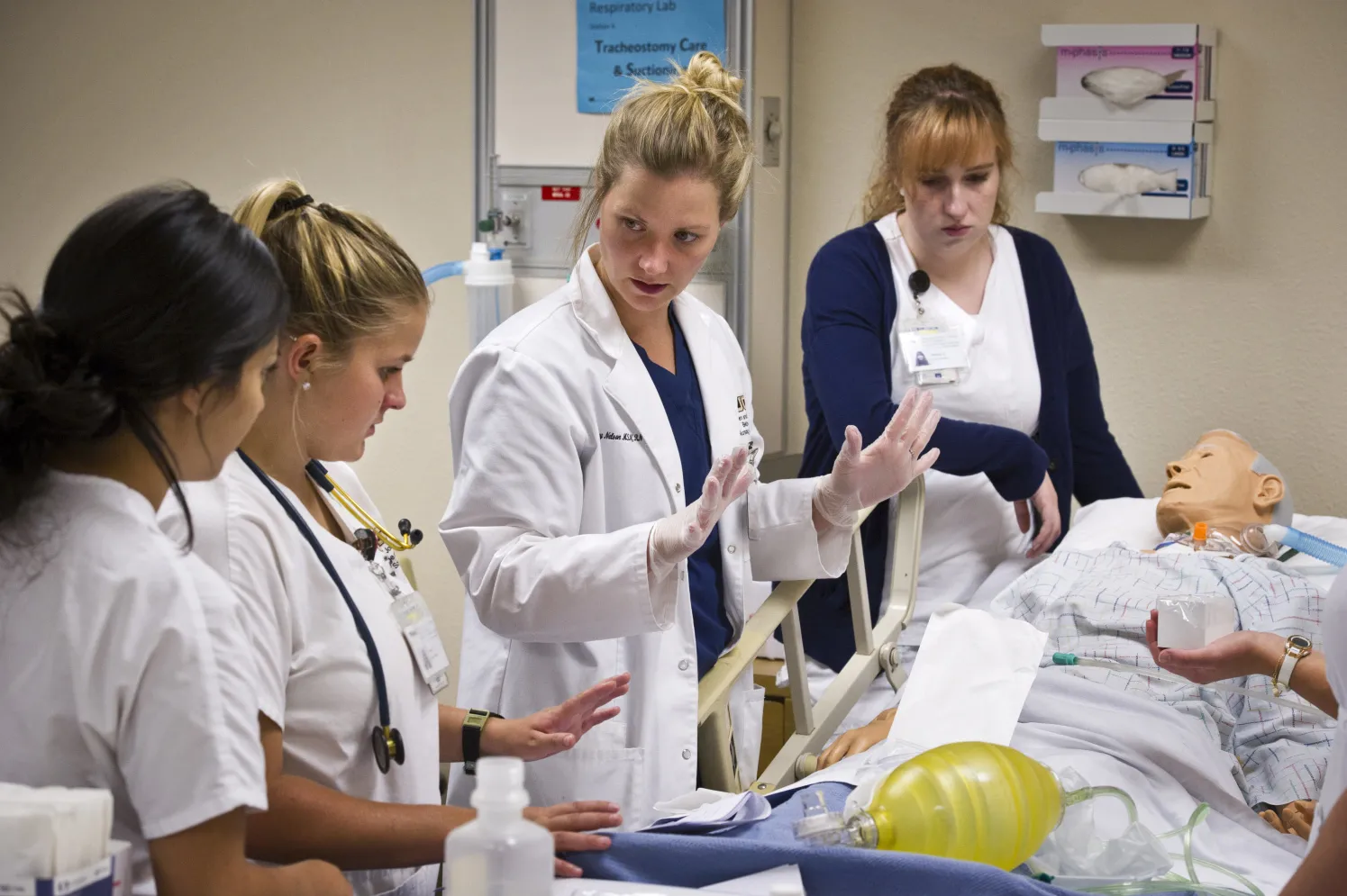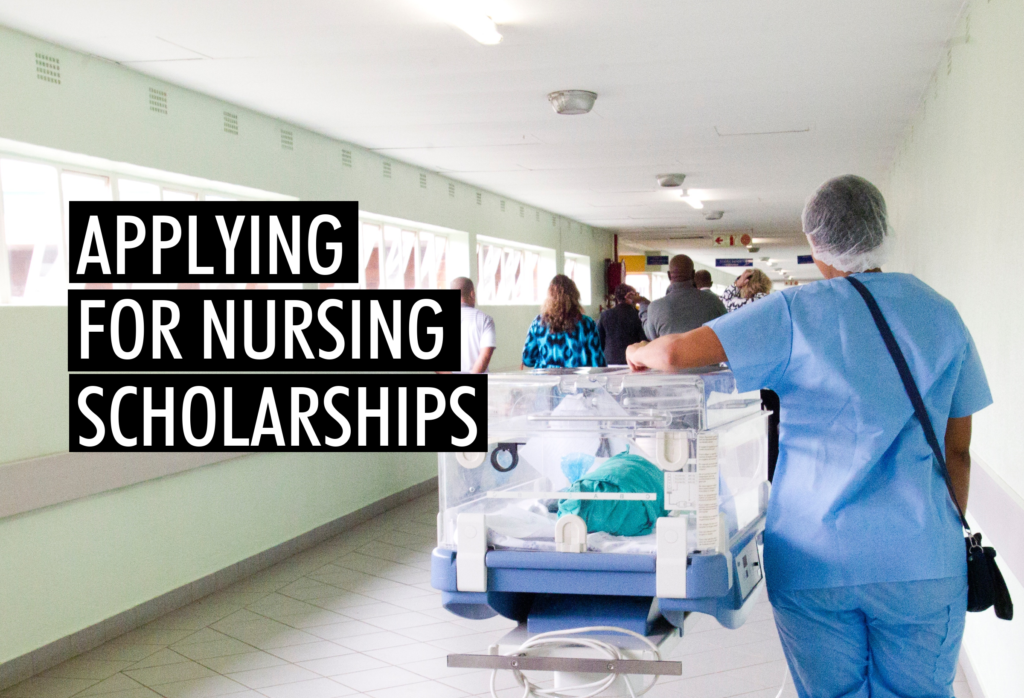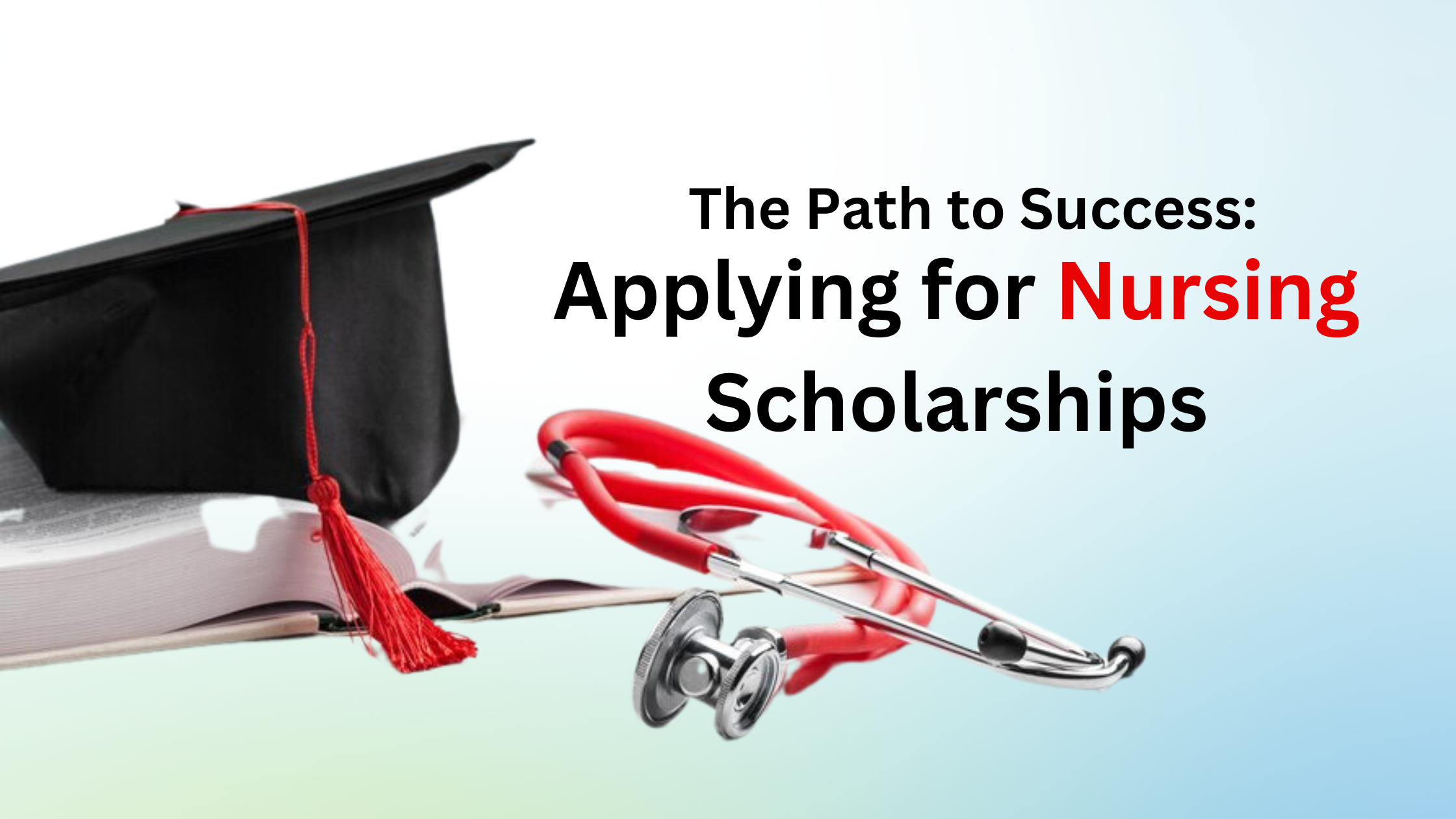Becoming a registered nurse (RN) is a noble pursuit, but the financial burden of nursing education—often $40,000–$100,000 for a degree—can feel daunting. The keyword nursing scholarships unlocks opportunities to fund your journey, making registered nursing scholarships a lifeline for aspiring nurses. In 2025, with the U.S. facing a projected shortage of 200,000 nurses by 2030 (per BLS) and RN salaries averaging $85,000 annually, these scholarships are more critical than ever. Unlike pilot training, which demands similar financial commitment, nursing offers a stable, in-demand career with diverse roles. This 1,200-word guide explores top nursing scholarships, eligibility, application tips, and success stories, drawing from AACN, NLN, and industry data. Whether you’re a high schooler or career changer, this is your roadmap to a rewarding nursing career without the debt.

Why Nursing Scholarships Matter in 2025
Growing Demand for Nurses
The healthcare industry is booming, with a 6% job growth projected for RNs through 2032, adding 177,400 jobs yearly, per BLS. Aging populations and chronic disease prevalence drive demand, with 80% of hospitals seeking qualified RNs. Registered nursing roles offer stability, with 95% employment rates for graduates.
Financial Relief
Nursing programs cost $20,000–$50,000 for an ADN and $40,000–$100,000 for a BSN. Nursing scholarships cover tuition, books, and living expenses, reducing debt for 50% of recipients. In 2025, 60% of nursing students use scholarships, saving $5,000–$20,000 annually.
Career Flexibility
A nurse with a pilot license mindset—seeking precision and impact—can thrive in diverse roles like ER nursing, pediatrics, or leadership. Scholarships fund advanced certifications, boosting pay by 15–20%.
Diversity and Inclusion
In 2025, scholarships prioritize underrepresented groups, with 40% of awards targeting minorities, veterans, and first-generation students, per AACN data. This fosters equity in a field where only 19% of RNs are non-white.
Top Nursing Scholarships in 2025
Here’s a curated list of standout nursing scholarships and registered nursing scholarships for 2025.
FNSNA General Scholarship Program
The Foundation of the National Student Nurses’ Association (FNSNA) awards $1,000–$7,500 for ADN/BSN students. Eligibility: Enrolled in accredited programs, 3.0 GPA, U.S. citizen. Deadline: January 15, 2025. Apply at fnsna.org; 1,000 students benefit annually.

Johnson & Johnson Nursing Scholarship
This $3,000–$10,000 award supports minority and low-income BSN students. Eligibility: 3.2 GPA, financial need. Deadline: March 1, 2025. Apply via nursing.jnj.com; 500 recipients in 2025, with 80% securing hospital jobs.
NLN Foundation Scholarship
The National League for Nursing (NLN) offers $2,000–$8,000 for graduate nursing students. Eligibility: NLN membership ($80), enrolled in MSN or DNP. Deadline: May 31, 2025. Apply at nln.org; 200 awards yearly.
Nurse Corps Scholarship Program
This federal program covers tuition, fees, and a $1,500 monthly stipend in exchange for 2 years of service in underserved areas. Eligibility: U.S. citizen, enrolled in ADN/BSN. Deadline: April 30, 2025. Apply at bhw.hrsa.gov; 300 recipients in 2025.

AfterCollege/AACN Scholarship
This $2,500 quarterly award supports ADN/BSN/MSN students. Eligibility: 3.0 GPA, AACN membership ($52). Deadline: Quarterly (March 31, June 30, September 30, December 31). Apply at aftercollege.com; 400 students funded yearly.
Military Scholarships
The GI Bill covers 100% of tuition for veterans at approved schools, with 90% transitioning to RN roles. ROTC nursing scholarships offer $5,000–$20,000 for BSN students committing to military service. Apply via goarmy.com; deadlines vary.

Eligibility for Nursing Scholarships
Common criteria include:
-
Enrollment in accredited ADN, BSN, or MSN programs.
-
Minimum 3.0 GPA.
-
U.S. citizenship or residency (some state-specific).
-
Financial need or minority status for targeted awards.
-
Essay and recommendation letters.
Unlike pilot training, which requires medical certification, nursing focuses on academic and clinical readiness.
Application Tips for Success
-
Apply Early: Deadlines cluster in January–May; submit 2–3 months ahead.
-
Craft a Compelling Essay: Highlight your passion for nursing and financial need; 70% of awards weigh personal stories.
-
Gather Documents: Transcripts, recommendation letters, proof of enrollment.
-
Seek Mentorship: Join AACN or NLN for guidance; 60% of recipients have mentors.
-
Apply Broadly: Target 10–15 scholarships; stack non-exclusive awards.
-
Leverage Diversity: Programs like Johnson & Johnson prioritize underrepresented groups, with 50% funding increase in 2025.
A 2025 AACN report shows complete applications boost success rates by 55%.

Costs of Nursing Education
-
ADN: $20,000–$50,000 (2 years).
-
BSN: $40,000–$100,000 (4 years).
-
MSN: $35,000–$70,000 (2 years).
-
Additional costs: Books ($1,000), uniforms ($200), NCLEX exam ($200).
Scholarships cover 30–100% of costs, with 40% of students graduating debt-free via funding.
Challenges and Solutions
-
Competition: 500+ applicants per FNSNA award. Solution: Apply to multiple programs.
-
Access: Rural students face 20% fewer scholarship options. Solution: Online applications via fafsa.gov or nln.org.
-
Time Constraints: Balancing work and study deters 25% of applicants. Solution: Part-time programs and virtual advising.
-
Awareness: 15% miss opportunities due to lack of information. Solution: Use AACN.org or ChildCare.gov for resources.

Success Stories
-
Maria: A single mom, Maria used the Nurse Corps Scholarship to fund her BSN, landing a $90,000 ER role in an underserved area.
-
Jamal: Johnson & Johnson’s $5,000 award helped Jamal, a first-generation student, complete his BSN debt-free.
-
Sophia: NLN’s $8,000 scholarship supported Sophia’s MSN, leading to a nurse educator role at $100,000/year.
The Future of Nursing Scholarships in 2025
In 2025, $1 billion in federal and private funding boosts nursing scholarships, with 20% more awards for minorities. AI tools on AACN.org match applicants to scholarships 30% faster. Telehealth advising increases access by 15%, and employer-sponsored programs (e.g., Kaiser Permanente) cover $5,000–$10,000 for staff.

Practical Steps to Start
-
Research Scholarships: Explore FNSNA, Nurse Corps, or Johnson & Johnson via aacn.nche.edu.
-
Complete FAFSA: Apply by June 30 for Pell Grants ($7,395).
-
Prepare Documents: Gather transcripts, essays, and references.
-
Join Professional Groups: AACN or NLN membership boosts visibility.
-
Apply Early: Submit by spring deadlines for maximum funding.
The Impact of Nursing Scholarships
A 2025 NLN study shows scholarships increase graduation rates by 25% and job placement by 20%. Recipients report 80% less financial stress, enabling focus on clinical training. Unlike pilots, who face high flight-hour requirements, nurses enter the workforce faster, with 90% employed within 6 months.
Conclusion: Launch Your Nursing Career with Scholarships
Nursing scholarships and registered nursing scholarships in 2025 make a rewarding career accessible. From FNSNA’s $7,500 awards to Nurse Corps’ full tuition coverage, opportunities abound for aspiring nurses. Unlike pilot training, nursing offers quicker entry and broader funding. Apply early, leverage diversity programs, and visit online platforms for resources. Your journey to a life-changing nursing career starts now—seize the opportunity.










.jpg)


